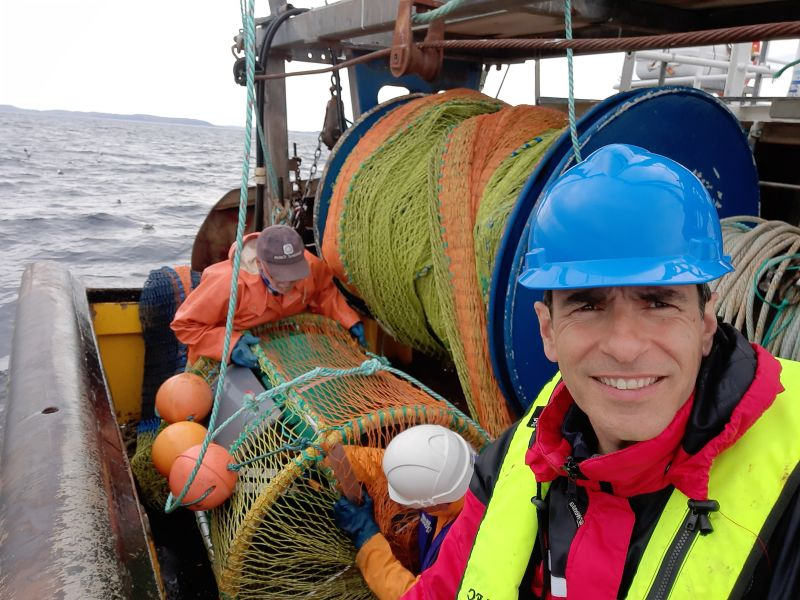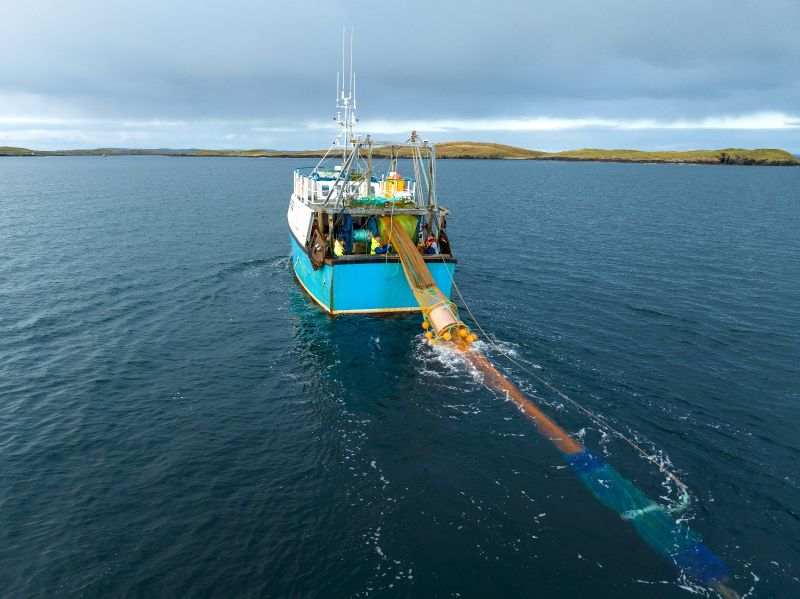Sustainable fishing powered by AI

Bycatch and discards are some of the main threats to ocean biodiversity loss and fisheries sustainability. Smartrawl ensures fishers only catch what they want helping the welfare of not only commercial species which would normally be discarded but also of bycatch animals which are released unharmed back into the ocean at the depths they were encountered by the net.
What is the challenge?
Trawling is one of the most common methods of large-scale fishing. It involves towing a net across the sea floor and is often used to catch species like cod and haddock. Although trawling is effective at large scale fishing it can lead to discards of target species and bycatch of non-target species. Bycatch must be returned to the sea, meaning some marine life does not survive. In addition, fishers incur extra costs through returning them.
How does this innovation address the challenge?
Researchers from the Lyell Centre & National Robotarium at Heriot-Watt University, supported by Fisheries Innovation & Sustainability, have worked with the UK fishing industry to develop Smartrawl, technology with the potential to revolutionise the way discards and bycatch are handled. Smartrawl uses cameras to take photos of fish and other sealife in the net. The images captured are passed to a computer harnessing A.I. which has been trained to recognise eight of the UK’s most common wild caught fish species. The computer controls a gate in the trawl which can be opened to let bycatch go unharmed, only retaining the species that the fisher wants to catch.

What is the impact?
Smartrawl has the potential to allow fishers to programme trawls to catch specific marine life according to their size and species and, eventually, market conditions and quotas. Smartrawl will be evaluated by comparisons of the catch against the intended catch with the long-term goal of excluding all bycatch and eliminating discards. Catching only what the fishers want helps the welfare of not only commercial species which would normally be discarded but also of bycatch animals which are released unharmed back into the ocean at the depths they were encountered by the net.